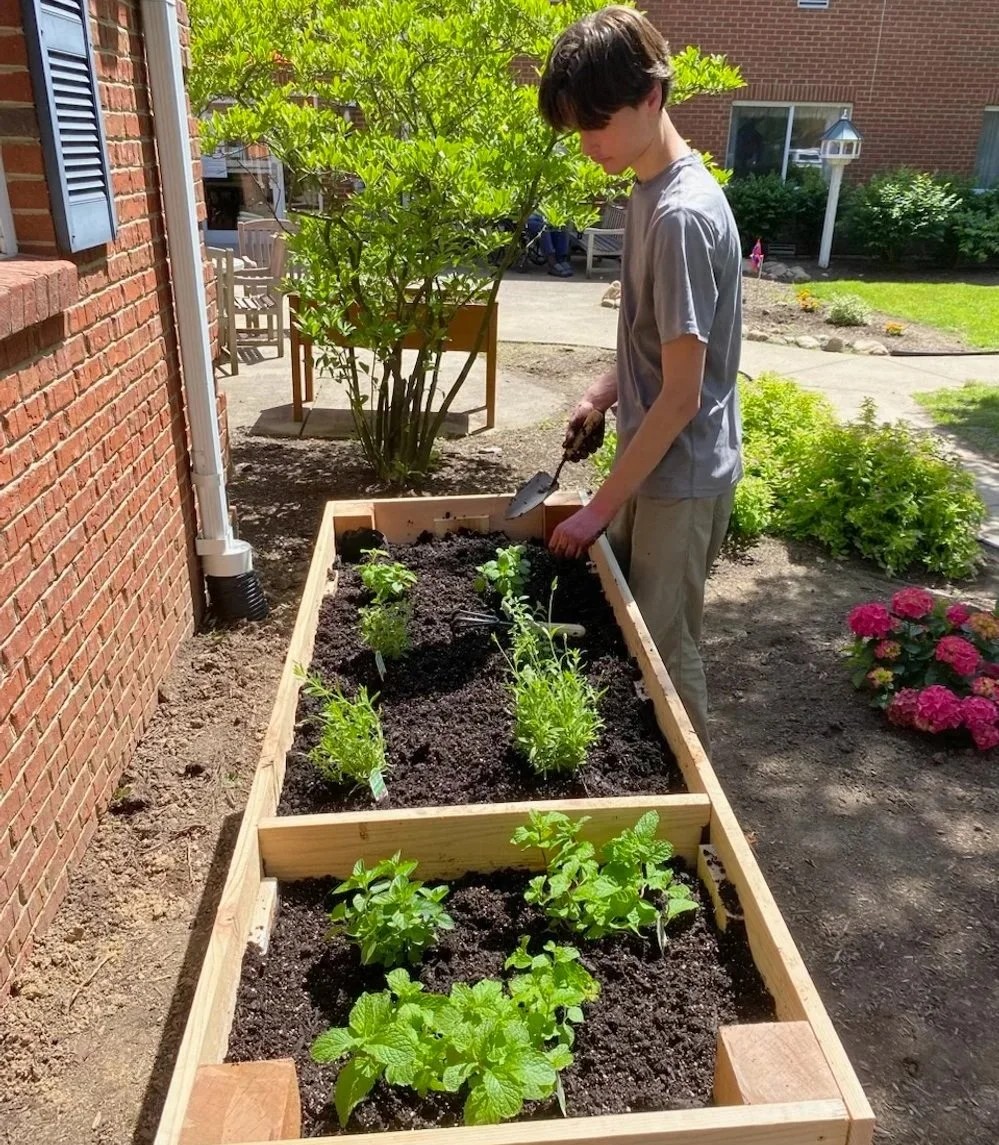Youth Planning 101 for Youth Projects: From Idea to Impact
You’ve got a great idea, now you need youth planning resources to help you turn your idea into a reality. Bringing a project to life—whether it’s a donation drive, art program, or social justice campaign—takes more than energy and passion. This guide will walk you through the steps of a youth project timeline from start to finish.
Step 1: Define Your Youth Project
So, how do you plan a youth project? You start with your “why.” What do you want to do for your youth project? Why do you want to pursue this project specifically? Your “why” helps others understand your motivation and helps you stay focused as you bring your idea to life. Try reflecting on questions like:
What problem or opportunity are you responding to?
Why does this project feel worth doing?
What change do you hope to see because of it?
Why does this matter now?
How do you plan to get the word out about your project?
What kind of help do you need from others?
What are your biggest concerns?
The clearer you can get on your “why,” the easier it will be to pursue it.
Step 2: Get Detailed
Writing or typing the details of your idea will help you stay on track with your youth project. It will also simplify the process of applying for funding, if needed,t, since most organizations that offer financial support will want to know the answers to these questions. Here’s a simple outline of details you should have on hand to help you get started and discuss your project with potential funders:
What’s the goal?
Who will be involved?
What is your role in the project?
Where will it happen?
What supplies do you need?
What’s your timeline?
How much money will it cost?
How will the money be spent?
How will you measure success?
Bonus: Include milestones in your plan to help you track progress along the way
Step 3: Build a Youth Project Timeline
Break your youth project down into phases. If you have 6 weeks to execute on your idea, your weekly tasks might look something like this—starting after any funding is secured:
Suggested Weekly Tasks
Week 1: Finalize your idea and goals
Week 2: Confirm your funding and budget, gather resources
Week 3: Prep for launch—check in with your team, create a checklist, and make sure everything’s ready
Week 4: Launch your youth project
Week 5: Track your progress, promote your project, and adapt as needed
Week 6: Reflect and celebrate success
You can customize the timeline based on your project size and other responsbilities.
Step 4: Launch Your Youth Project
Choose a launch date and try to stick to it to avoid a moving deadline. Even if this is your first time leading a youth project, you’ve got this. Keep these tips in mind:
Communicate often – Use group chats, emails, or shared documents to keep your team updated. If they need to be on-site for an event, make sure everyone is there early to understand their roles and how the day will go.
Stay flexible – Things might not go exactly as planned on the day of your project launch. That’s okay. Stay confident and focused on the goal. Just know that others likely won’t notice small last-minute changes that might seem like a big deal to you.
Ask for help – Adults, teachers, or mentors can support you with advice, connections, or even supplies. Be sure to identify who can help answer specific questions on your launch day.
FAQs: Youth Project Planning
Q: What steps should I take when planning my youth project?
A: Define your idea → Get detailed→ Build a timeline → Prepare to Lead → Celebrate your impact.
Q: How do I lead a project as a student?
A: Be organized, communicate clearly, trust your team, and remember: your voice matters.
Q: How can I get help funding my project?
A: Look for grants that support youth or student-led projects. These might come from local organizations, non-profits, your school, or even The Contribution Project—learn more about how we help fund youth projects.
Q: Where can I find resources to help me plan my youth project?
A: Try free tools like Canva to create checklists and marketing materials, and Google Sheets to help you keep track of your progress and next steps. Watch short planning tutorials on YouTube or TikTok. And connect with past youth project leaders to learn from their experiences.
Q: How do I measure success?
A: Before you start, think about what success looks like for your project. Is it how many people show up? How many supplies you collect? The feedback you get afterward? Setting a few clear goals, both numbers-based and story-driven, can help you stay on track and see your impact. You might aim for something like: “I want at least 20 people to participate,” Or “I hope to collect 50 books to donate.” You can also ask people to fill out a short survey or share their thoughts about your project and how it made a difference. These reflections and numbers together can show the full story of what you accomplished, and give you something to celebrate.
If you have received funding through the Contribution Project, you can find answers to frequently asked questions about our specific funding program or reach out to us directly or through your personal dashboard for more assistance.
Ready to Get Started?
You don’t need to have it all figured out. You just need an idea, the desire to make a difference, and a solid youth planning guide. We believe in your potential and there’s still time to apply for funding through the Contribution Project.
We’re here to answer any questions you might have. Contact us at hello@contributionproject.org.



